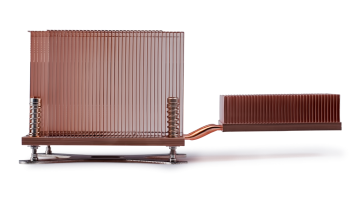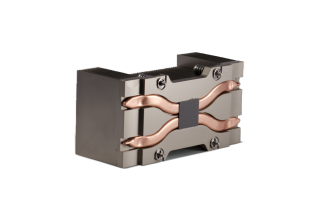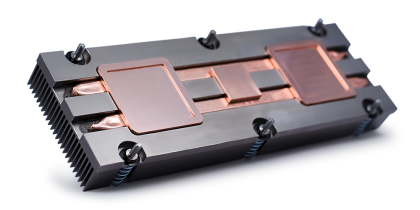Specifications
-
3mm to 16mm standard radius sizes
-
Can be bent and flattened
-
100mm to 300mm standard lengths
-
Nickle plating
Materials
-
Copper Pipe
-
Sintered Wick
-
De-Ionized Water
Applications
-
Networking / Telecom
-
Consumer Electronics
-
TECs
Manufacturing Process
- A typical heat pipe consists of a copper tube in which the inner walls are lined with a wick structure.
- The heat pipe is charged with de-ionized water and then vacuum sealed. This gives the water a lower boiling point.
- When the heat pipe is heated at one end, the working fluid evaporates from liquid to vapor (phase change).
- The vapor travels through the hollow core of the heat pipe to the other end of the heat pipe, where heat energy is being removed by a heat sink or other means. Here, the vapor condenses back to liquid and releases heat at the same time.
- The liquid then travels back to the original end of the heat pipe via the wick by capillary action.
Benefits
-
Very efficient heat conductor
-
Hundreds of times better than solid copper
-
Moves heat / spreads heat
-
Embed & integrate into heat sinks
Tooling Cost
Production Cost
Finishing
- CNC machining
- Drilling
- Tapping
- Stamping
- Anodizing
- Screen printing
- Powder coating
- Laser etching
- Polishing
- Embedded fans
- Thermal greases
- Screws
- Springs
- Clips
- Embedded heat pipes
- Phase change materials
- Back plates
- Gap filler pads
- PEMS
- Standoffs
- Dielectric pads
- Compounds













